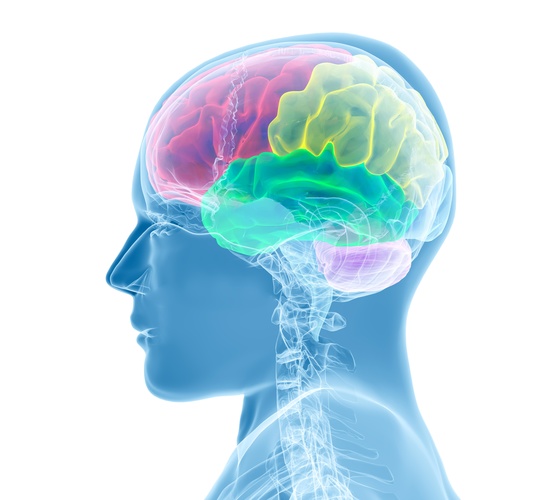
Choose a channel
Check out the different Progress in Mind content channels.

Progress in Mind

The AT(N) research framework for identifying and staging participants in Alzheimer’s disease studies before they develop dementia reflects the biological continuum of AD and provides researchers with a common language so they can compare and pool their data. Three biomarker categories are used to identify eight biological profiles. It was developed by the National Institute on Aging and Alzheimer’s Association (NIA-AA) in 2018 and was described to attendees at a symposium at AAIC 2019.
AD is now regarded as a continuum rather than three distinct clinically defined entities
An AD continuum to reflect the progressive cognitive decline and biomarker changes over many years
Understanding of AD has evolved from the recognition of the three clinically defined entities of preclinical, mild cognitive impairment (MCI), and dementia stages of AD. The disease is now regarded as an AD continuum to reflect the progressive cognitive decline and biomarker changes over many years before the manifestation of dementia.
It was explained that the NIA-AA research framework — the AT(N) — system for classifying Alzheimer’s disease biologically) was developed to reflect this change in conceptualization of AD and enable comparison of results from different research studies. It harmonizes the use of biomarkers across the AD continuum for identifying and staging clinical study participants with asymptomatic AD.1
Which biomarker signatures or profiles define AD?
Three general groups of biomarkers — A, T, and N
The NIA-AA framework is based on three general groups of biomarkers:
1. Amyloid-beta (Aβ) plaque biomarkers (A) — cortical Aβ positron emission tomography (PET) ligand binding or low cerebrospinal fluid (CSF) Aβ42 or CSF Aβ42/Aβ42 ratio
2. Fibrillar tau biomarkers (T) — elevated CSF phosphorylated tau (P-tau) and cortical tau PET ligand binding
3. Neurodegeneration or neuronal injury biomarkers (N) — are CSF total tau (T-tau), fluoro-deoxyglucose (FDG) PET hypometabolism, and atrophy on magnetic resonance imaging.
Neurodegenerative/neuronal injury biomarkers and cognitive symptoms occur in non-AD conditions are therefore not specific for AD. They are therefore not used to define the presence of the Alzheimer’s continuum, but they are used to stage severity of the disease.
The three different phases of the AD continuum
N biomarkers are not used to define the presence of the Alzheimer’s continuum, but are used to stage AD severity
Four of the eight possible biomarker profiles reflect the three different phases of the AD continuum — Alzheimer’s pathologic change, AD, or AD and concomitant suspected non-Alzheimer’s pathologic change — as follows:
1. A+T–(N)– (ie, individuals with biomarker evidence of Aβ deposition alone but a normal pathologic tau biomarker) denotes Alzheimer’s pathologic change
2. A+T+(N)– and A+T+(N)+ (ie, individuals with biomarker evidence of both Aβ and pathologic tau) denote AD
3. A+T–(N)+ (ie, individuals with biomarker evidence of Aβ deposition and neurodegeneration but a normal pathologic tau biomarker) denotes AD and concomitant suspected non-Alzheimer’s pathologic change
A–T–(N)– denotes that all biomarkers are negative, and the biomarker category is “Normal AD markers,” while A–T+(N)–, A–T–(N)+, A–T+(N)+ denote “Non-AD pathologic change.”
Syndromal staging of the cognitive continuum is independent of the biomarker profile
The AT(N) biomarker profile does not imply a specific order of events
The syndromal staging of cognitive continuum is applicable to all members of a research cohort independent of the biomarker profiles and divides the cognitive continuum into the three traditional categories:
· cognitively unimpaired
· mild cognitive impairment (MCI)
· dementia, which is further subdivided into mild, moderate, and severe stages.
Use of AT(N) in predicting memory decline
Memory decline has since been shown to be more rapid in the A+T+(N)+, A+T+(N)–, and A+T–(N)+ groups compared with the other five AT(N) groups among 480 individuals without baseline dementia followed for a median of 4.8 years. The study concluded that the NIA-AA framework resulted in a small but statistically significant improvement in predicting memory decline compared with a model with more readily available clinical and genetic variables.2
Our correspondent’s highlights from the symposium are meant as a fair representation of the scientific content presented. The views and opinions expressed on this page do not necessarily reflect those of Lundbeck.